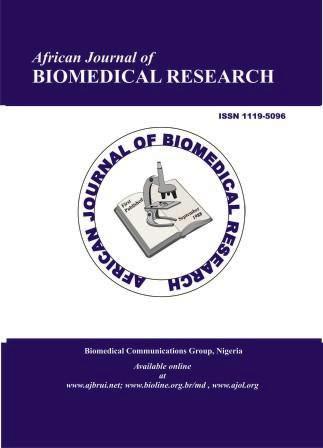“Unveiling the Prevalence and Variations in Maxillary Labial Frenum Morphology and Attachment in Marathwada Population: A Cross-Sectional Study"
DOI:
https://doi.org/10.53555/AJBR.v27i1S.1638Keywords:
Diastema; high frenum; maxillary labial frenum; normal frenum; prevalence.Abstract
Background: The maxillary labial frenum exhibits considerable variability in its structure. Despite its potential association with various syndromic and non-syndromic conditions, it is frequently overlooked in standard intraoral examinations. There is a lack of comprehensive research on the types and morphological variations of the maxillary labial frenum within the Marathwada population. This study seeks to assess the prevalence and diversity of the maxillary labial frenum among patients attending the Department of Periodontology.
Materials and Methods: A cross-sectional study was conducted in a clinical setting involving 300 participants aged 18 to 35 years. The labial frenum was assessed through direct visual examination, and intraoral photographs were taken for each participant. Demographic information was recorded, and frenal attachments were classified and analyzed based on the criteria established by Mirko et al. and Sewerin et al.
Results: The gingival type of frenum was the most frequently observed, found in 185 participants (61%), while the papillary penetrating type was the least common, seen in 6 participants (2%). Morphological variations were noted in 28 cases, with the most common variation being the presence of a nodule in 13 cases, followed by an appendix in 7 cases. Conclusion: The gingival frenum was the most common type of frenal attachment, followed by the mucosal, papillary, and papillary penetrating types across all age groups and genders. More than 75% of participants exhibited no morphological variations in the frenum
Downloads
Published
Issue
Section
License
Copyright (c) 2024 African Journal of Biomedical Research

This work is licensed under a Creative Commons Attribution 4.0 International License.









